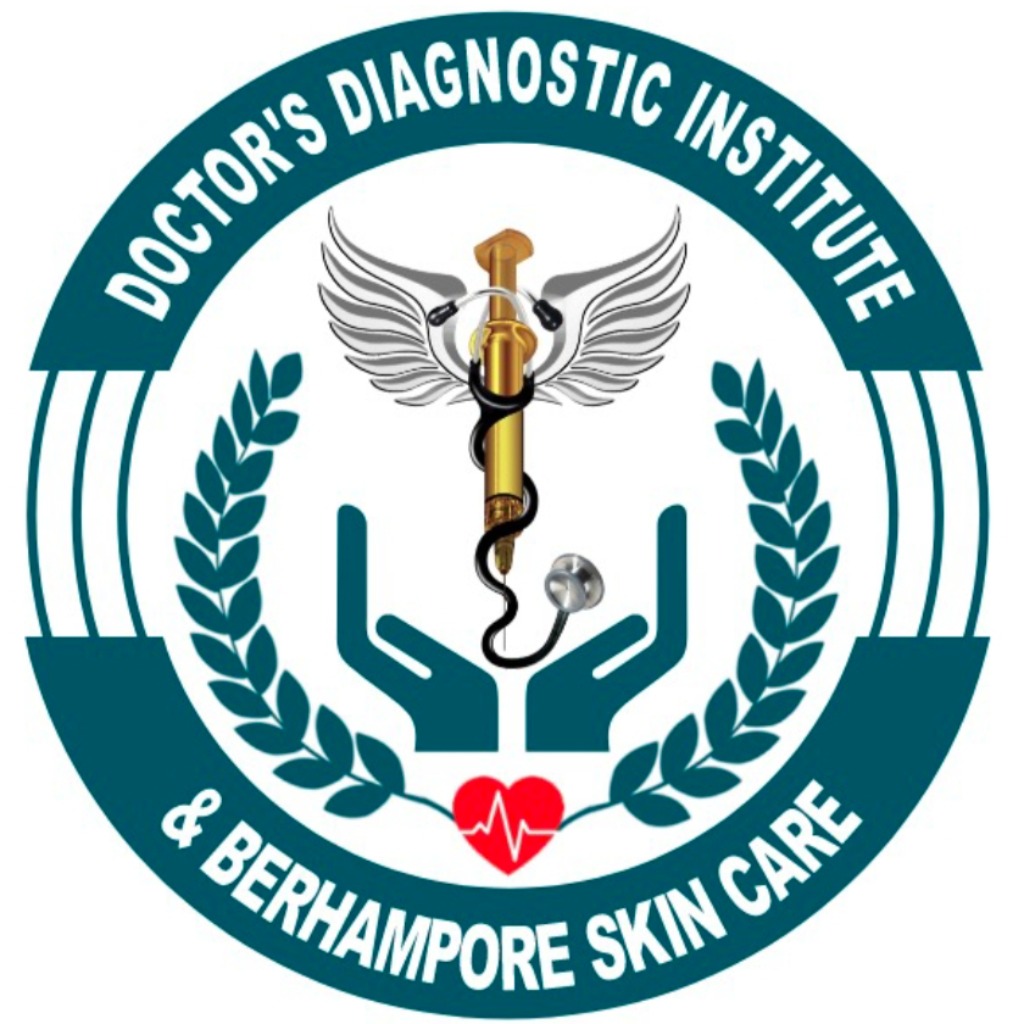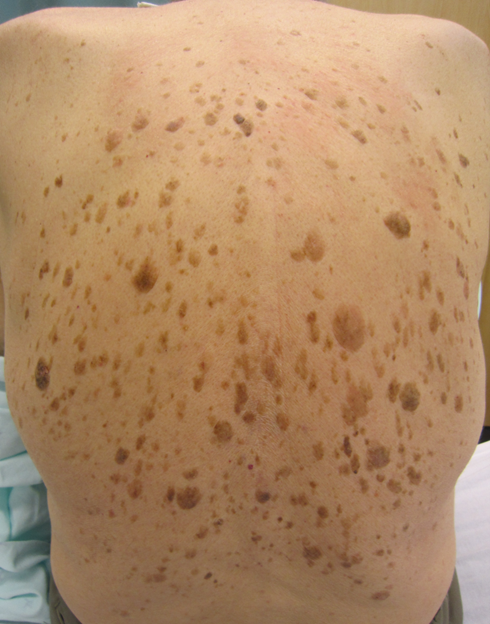Hello, dear readers! Have you ever looked at your skin and wondered about those tiny, waxy bumps that might sometimes appear? Well, you’re not alone. Understanding the world of skin conditions can be bewildering, especially when it comes to seborrheic keratosis. But don’t worry; I’m here to walk you through the causes, symptoms, and ways you can care for this rather common skin condition. Dive in with me as we explore this topic from scratch, tailored just for you.
Introduction
Seborrheic keratosis looks like brown or black skin spots. These spots are harmless and not cancerous in nature. Imagine waking up one day, noticing a small patch on your skin; it’s likely nothing serious. People around the world notice these marks more as they grow older. Though millions live with seborrheic keratosis, it doesn’t affect their daily life.
In India, lifestyle and environment might influence seborrheic keratosis. It’s not a health threat but knowing about it is important. India is diverse, and recognizing this condition helps spot other concerns. Keeping skin healthy is vital to overall wellness. Understanding this can help manage skin health better.
What is Seborrheic Keratosis?
“Seborrheic keratosis” might sound fancy, but there’s a simpler explanation. Seborrheic relates to oily skin secretions, while keratosis means skin thickening. This condition involves skin growths caused by extra oily build-up from your glands. These bumps aren’t like warts or moles since they don’t catch or spread—they mostly just look odd.
Recognizing them is fairly straightforward once you know what to look for. They often have a shiny or “stuck-on” appearance on your skin’s surface. These spots don’t cause pain, showing up mostly on places like your torso, neck, and sometimes face. When you touch them, they feel gritty or like a rough patch on your skin—unlike smoother skin tags you might know. So if you see something resembling “dried, dripped candle wax,” it’s likely a case of seborrheic keratosis.
Causes of Seborrheic Keratosis
Did you ever notice how family members sometimes share similar skin spots? Well, hereditary elements do play into seborrheic keratosis. If your parents had these spots, there’s a better chance you’ll get them too. Isn’t it fascinating how much of our genetics are passed to us?
However, genes are not the only influence here. Factors like lifestyle and climate also pitch in. Living in places with extreme temperatures can change your skin, encouraging keratosis to appear. Your skin reacts to outside factors like sunshine or pollution, increasing the possibility of these spots forming.
Most often, seborrheic keratosis shows up after age 40 or so. Yet, if you’re younger and spot one, it’s possible too. Consider it nature’s gentle reminder that time is moving along gracefully. Embracing it can lead to a peaceful acceptance of this natural change.
Symptoms and Identification
These dull patches could be brown, black, or even yellowish. They might be dot-sized or as big as a rupee coin. Mostly flat and harmless, they often don’t cause any bother. Watch for these visual signs to manage them easily.
In sunnier areas like South India, these spots could look a bit darker. In cooler climates of North India, they might feel rougher. The climate and surroundings indeed affect how our skin reacts!
Though seborrheic keratosis is usually harmless, certain changes need attention. If any patch changes fast, bleeds, or hurts, see a doctor. It’s always smart to get it checked to rule out serious issues like skin cancer. When unsure, always better safe than sorry!
Diagnosis and Evaluation
Dermatologists know how to spot skin growths accurately. A visit includes a visual check by the doctor. Sometimes, a light scrape gets a better look at things under the surface. They can tell if it’s plain seborrheic keratosis or something that needs more checking out. Isn’t it nice having that expert eye making sure?
They use a nifty gadget called a dermoscope to see better. This tool lights up and makes the area look bigger. It helps them see all the details of the spot clearly and quickly. Thanks to this, they can tell you what’s what and help you feel good knowing what’s on your skin.
Conclusion
Understanding seborrheic keratosis is key because it poses no health risks. Awareness helps spot symptoms early, get a diagnosis, and know treatment options. Discussing seborrheic keratosis and treatment costs can lessen misunderstandings. Knowing how to care for your skin is important for overall well-being.
Many seek help once they know more about seborrheic keratosis and its treatments. Everyone deserves clear info about symptoms, treatments, and their costs. Early detection is crucial for keeping skin healthy, showing why proactive care matters. Prioritizing skin health boosts one’s confidence and overall well-being.
Take charge of your skin health with Doctors Diagnostic Centre.
Get accurate diagnosis and personalized treatment options for seborrheic keratosis. Book your consultation today for clear information and expert care that prioritizes your confidence and well-being!

